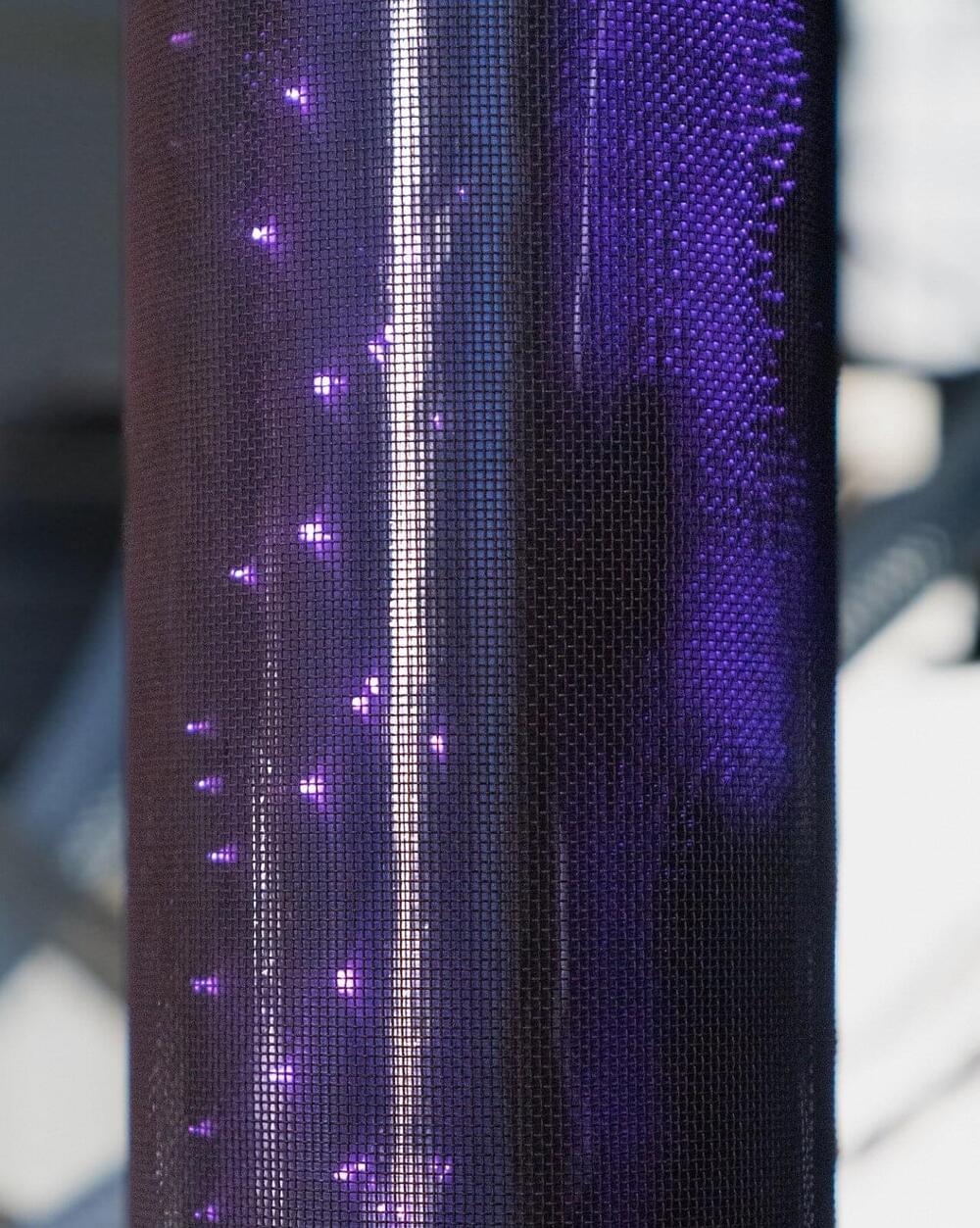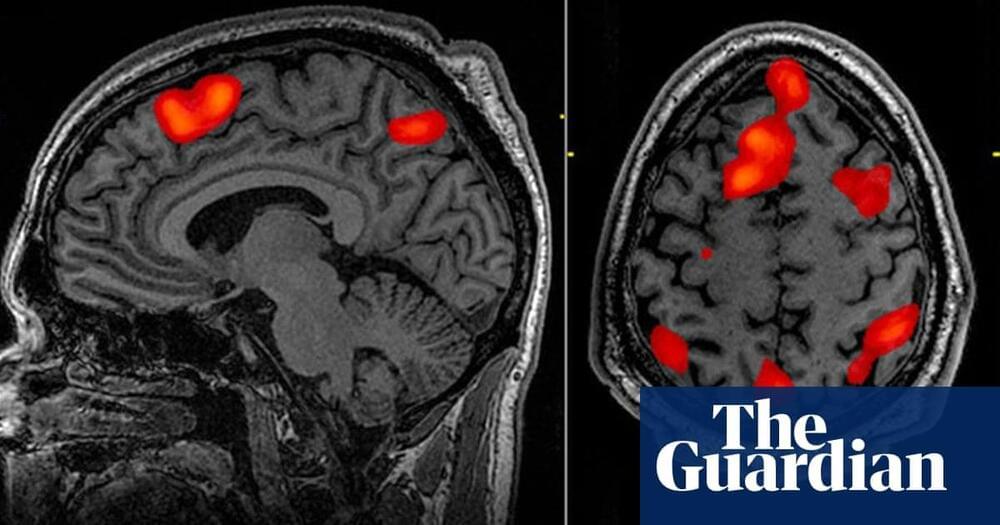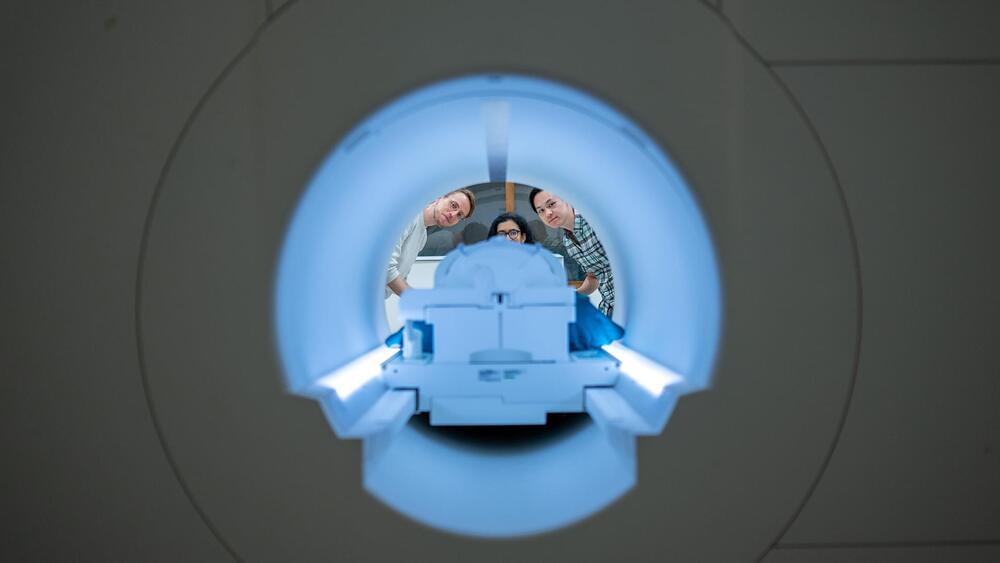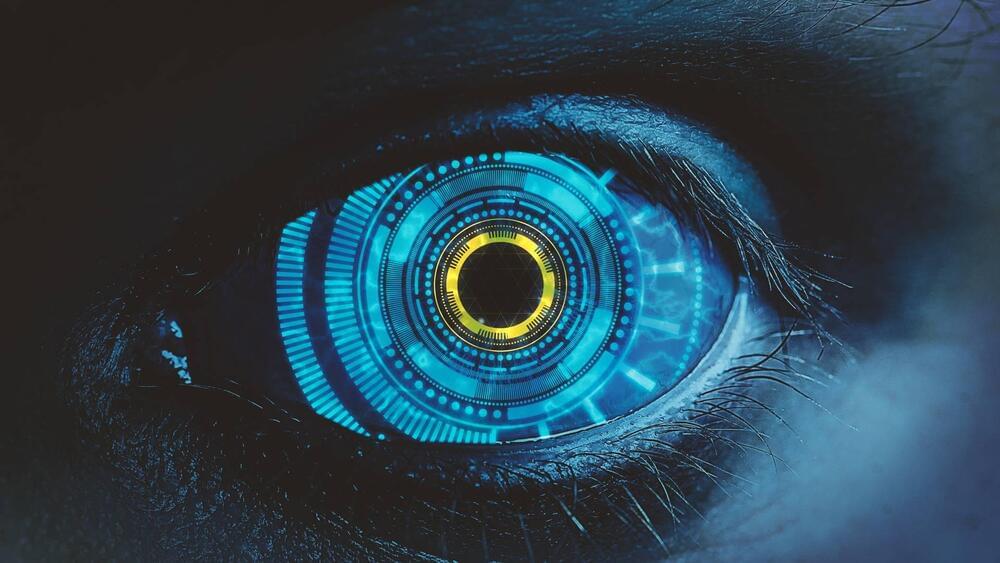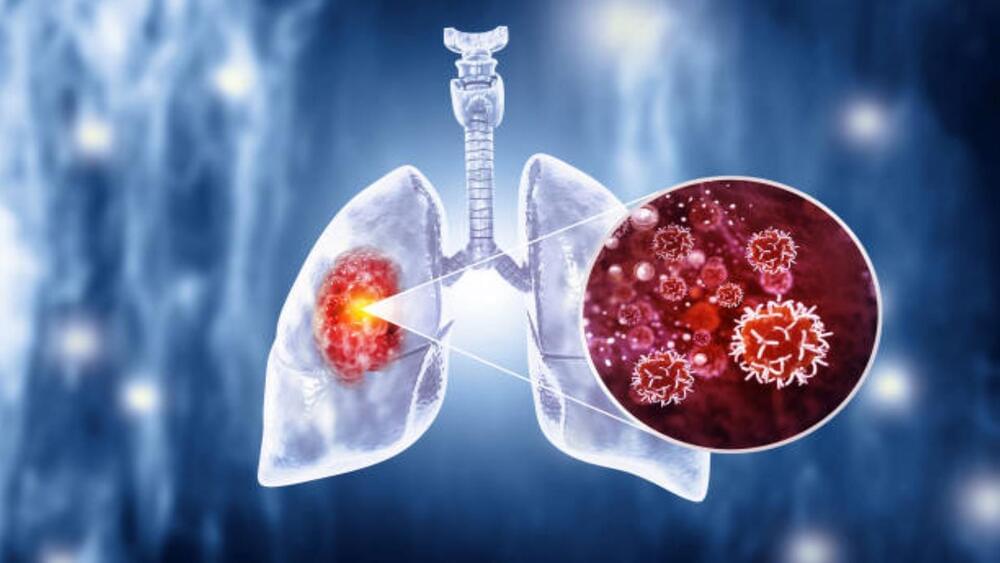Biology is so freaking cool! So, I made a list (with fun facts and pictures) of just a small subset of the world’s many amazing ocean creatures. This makes me think: imagine if we knew as much about all these creatures as we know about the human body. I would love a set of nice thick copies of “Principles of Anatomy and Physiology” except that each one is devoted to a different oceanic organism.
cover image credit: Ryo Minemizu (for more, see https://www.ryo-minemizu.com/)
Anglerfish https://en.wikipedia.org/wiki/Anglerfish
Notes: males are tiny compared to females. In many species of anglerfish, mating occurs through males attaching to and then fusing with females such that their circulatory systems join together. The male provides sperm and is eventually absorbed into the female.


